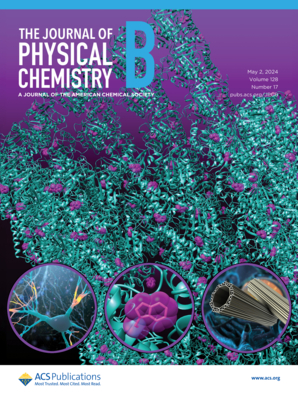
"Ultraviolet Superradiance from Mega-Networks of Tryptophan in Biological Architectures"
N. S. Babcock, G. Montes-Cabrera, K. E. Oberhofer, M. Chergui, G. L. Celardo, P. Kurian
This article examines tryptophan (Trp) networks in biological systems, focusing on how ultraviolet (UV) excitation influences these structures and enhances fluorescence quantum yield (QY). The researchers reveal that organized Trp architectures can create superradiant states, which improve cellular signaling and control. While Trp’s roles as a metabolic precursor and fluorescent reporter are well-studied, the implications of large Trp networks for biosystems are less understood. Their findings suggest these networks might facilitate UV light sensing and energy transfer, potentially playing protective roles in conditions like Alzheimer’s disease. Overall, this research opens new avenues for understanding cellular mechanisms and applications in biophysics and synthetic biology.